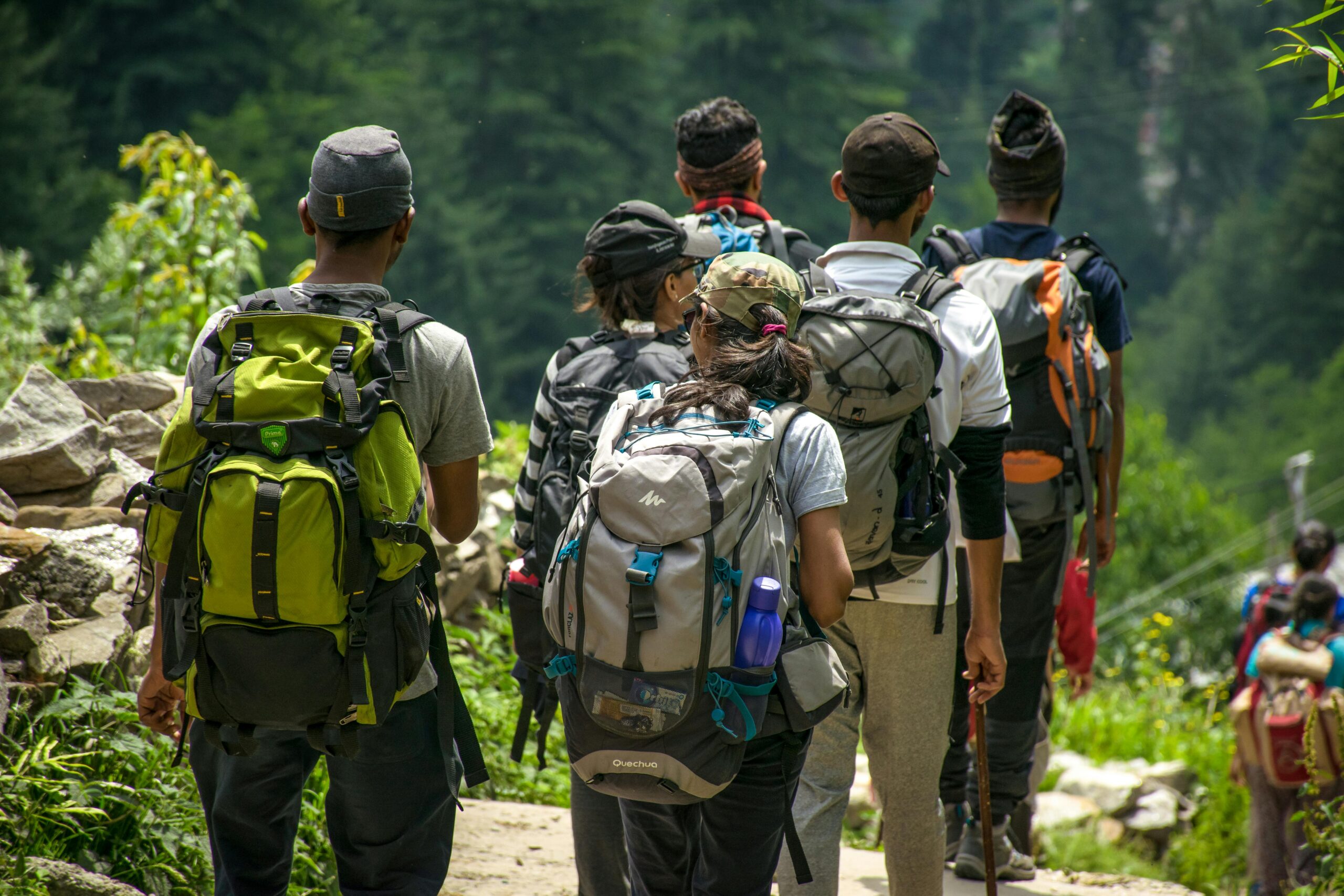Hiking is more than just walking in nature; it’s an adventure that requires knowledge of key terms to ensure safety, confidence, and enjoyment on the trail. Whether you’re a beginner or an experienced trekker, understanding these common hiking terms will enhance your outdoor experiences and help you communicate effectively with fellow hikers. Here’s your essential glossary for hiking terminology.
The Basics of Hiking Terminology
Hiking involves a unique vocabulary used by outdoor enthusiasts to describe trails, gear, and techniques. Familiarizing yourself with these terms will help you navigate trail guides, join hiking communities, and prepare for different terrain challenges.
Key Hiking Terms
- Trailhead: The designated starting point of a hiking trail.
- Elevation Gain: The total amount of climbing (in feet or meters) from the start to the highest point of the trail.
- Switchback: A zigzagging trail section designed to reduce the steepness of an ascent.
Essential Gear Terms for Hikers
Hiking requires specialized gear for comfort and safety. Understanding these terms will help you choose the right equipment.
1. Footwear & Clothing
- Gaiters: Protective coverings worn over boots to keep debris, snow, or water out.
- Wicking Fabric: Moisture-wicking material that helps keep hikers dry by pulling sweat away from the skin.
- Base Layer: The first layer of clothing worn for moisture control and insulation.
2. Navigation & Safety Gear
- Topo Map: A topographic map that shows elevation changes and terrain features.
- GPS Device: A tool that provides precise location tracking to prevent getting lost.
- Trekking Poles: Adjustable poles that provide stability and reduce stress on knees and joints.
Trail and Terrain Terminology
Hiking trails vary in difficulty, and understanding terrain-related terms will help you choose the right route.
1. Trail Conditions
- Out-and-Back Trail: A trail where you hike to a destination and return the same way.
- Loop Trail: A circular route that begins and ends at the same point without backtracking.
- Scramble: A steep section that requires hands and feet for climbing over rocks or boulders.
2. Natural Features
- Scree: Loose rock fragments covering a slope, making footing tricky.
- Ridgeline: A continuous elevated section of a mountain with stunning views.
- Alpine Zone: A high-altitude area with little vegetation, often above the tree line.
Hiking Techniques and Best Practices
Proper hiking techniques improve endurance and reduce injury risk.
1. Movement & Pace
- Hiking Pace: The speed at which a hiker moves, often measured in miles per hour.
- Micro-Adjustments: Small foot or body movements to maintain balance on uneven terrain.
- Rest Step: A technique used on steep inclines, where hikers briefly lock their back knee to conserve energy.
2. Trail Etiquette
- Leave No Trace (LNT): A set of outdoor ethics promoting responsible hiking and minimizing environmental impact.
- Right of Way: Trail etiquette that prioritizes uphill hikers, equestrians, and larger groups.
- Pack It In, Pack It Out: A principle encouraging hikers to carry out all trash and belongings.
Weather and Environmental Considerations
Weather conditions and environmental factors play a significant role in hiking safety.
1. Weather Terms
- Wind Chill: The cooling effect of wind, which can make temperatures feel much colder.
- Hypothermia: A dangerous drop in body temperature due to prolonged exposure to cold and wet conditions.
- Heat Exhaustion: A condition caused by dehydration and prolonged exposure to high temperatures.
2. Environmental Hazards
- Flash Flood: A sudden and dangerous flood that occurs in canyons or low-lying areas after heavy rain.
- Black Ice: Thin, transparent ice that is difficult to see and poses a slipping hazard.
- Bear Hang: A method of storing food by suspending it from a tree to prevent bears from accessing it.
Advanced Hiking and Backpacking Terms
For those venturing into long-distance hiking or multi-day backpacking, these terms are essential.
1. Long-Distance Hiking
- Thru-Hike: A long-distance hike that covers an entire trail in one continuous journey (e.g., Appalachian Trail).
- Section Hiking: Completing parts of a long trail over multiple trips instead of all at once.
- Base Weight: The total weight of a backpack, excluding consumables like food, water, and fuel.
2. Camping & Shelter
- Bivy Sack: A lightweight, waterproof sleeping shelter for solo hikers.
- Bear Canister: A hard-sided container used to store food and keep wildlife away.
- Cowboy Camping: Sleeping outdoors without a tent, directly under the stars.
Conclusion
Understanding hiking terminology enhances your ability to navigate trails, choose the right gear, and follow proper outdoor etiquette. Whether you’re a day hiker or a seasoned backpacker, these essential terms will prepare you for a safe and enjoyable adventure.
Call to Action:
Did we miss any hiking terms? Share your favorite hiking phrases in the comments below! Don’t forget to subscribe for more hiking tips, trail guides, and outdoor adventure insights.




Leave a Reply